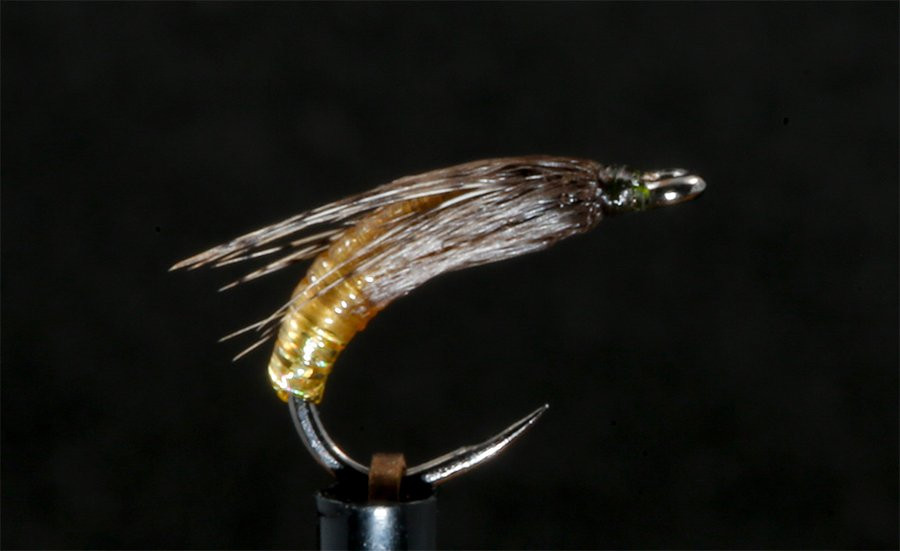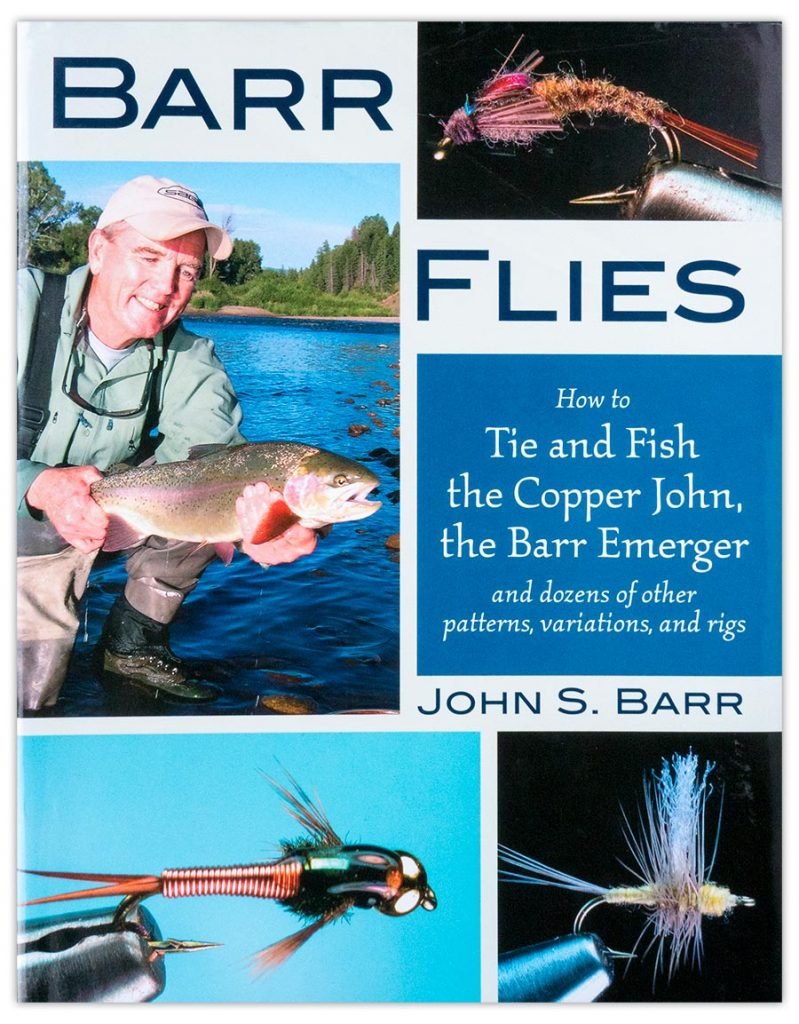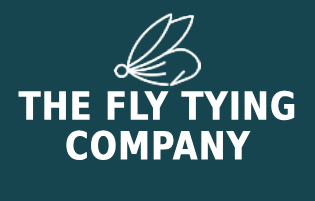
THE GRAPHIC CADDIS – BY DARRYL MOONEY
Posted by Darryl Mooney on 18th Feb 2022
I remember well the excitement of waiting for the book to arrive. ‘BARR FLIES’ How To Tie and Fish the Copper John. The Barr Emerger and dozens of other patterns, variations and rigs. The year was 2007.
I have been tying flies for something like 31 years. Yet every single pattern listed and described in this book I had never seen before. Literally, pattern after pattern just jumped out at me. Each one would often fall into a couple of considerations. That would work, I love that and I definitely need to tie that.

From the first moment of receiving the book, I couldn’t wait to get stuck into tying these patterns. I have a vivid memory of getting out the notebook and writing a list of so many materials I didn’t have.
Most of the materials I had never heard of. Interestingly, a lot of which are in everyday use today. These are things like, UTC Ultra-wire, in every thickness and colour. Thin Skin’s, Arizona Synthetic Peacock Dubbing and a material listed as Stretch Tubing.
No one in the UK had Stretch Tubing at the time, or if they had I couldn’t find it so it was off to the States to hunt it down and I did my usual a packet of every colour option!
Two patterns were listed in the book as needing Stretch Tubin. The PURE MIDGE LARVA and the GRAPHIC CADDIS both of which really interested me and both of which have gone on to catch me so many fish. I will come back to the PURE MIDGE LARVA and a number of other of Johns patterns and my experience with them in the future, but for now, let’s look at the GRAPHIC CADDIS.
As I grew up my experience on my local river with Caddis or Sedges, as we call them at home was to wait into the evening and on into dusk during the summer for a rise. We did this so that we could fish dry flies, some of my favourite memories are of swinging dry sedges downstream and waiting for that ‘’snatch’’ when the light had gone.
When you think about it for every adult sedge that hatched there had to have been a larva and a pupa and I always had this on my mind though for years did nothing about it. Turning the page on Johns book to Chapter 9 GRAPHIC CADDIS was a light bulb moment for me on how I would tackle caddis time on the rivers I fish in the future.
GRAPHIC CADDIS
Hook: Partridge K5AS, Partridge K14A or Partridge K4AY-SE in sizes 14-16
Thread: Cream, Olive, Tan 8/0
Body: Stretch Tubing in various suitable colours. I use Clear, Olive, Tan and Golden Stone
Legs: Brown Partridge
Tag: Silver Holographic Tinsel size small
Head: Natural Grey Ostrich
John had really nailed the key design points in this pattern, clean hydrodynamic lines, translucency (this is where the Stretch Tubing comes in), the obvious hump in the posterior aided by the use of a curved hook pattern. The reverse taper thread build up, legs and antennae covered by a combination of brown partridge feathers and natural grey ostrich herl.
This is something I consider to be very important, the silver holographic butt which imitates the silvery air bubble as the pupae ascend to the surface. I am also certain it also acts as a key trigger and an attractor to the fish. Size and shape outrank colour in my opinion so make sure you get that reversed taper right and match the size to what you have locally.
John talks in his book about making a presentation with this pattern off the back of an adult sedge. This is what I tried and it worked well. It has also continued to work well over the ten years I have been fishing the pattern.






